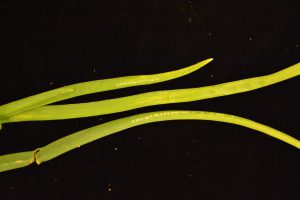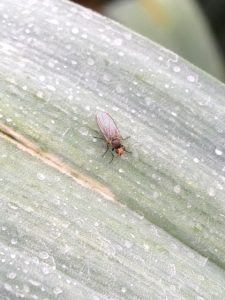(TRENTON) – With the state expected to experience colder spring temperatures, the Department of Environmental Protection has agreed with NJDA Secretary Douglas Fisher’s request to allow farmers to do controlled open burning or use specialized torches known as smudge pots to protect crops from damage beginning today, Friday, April 7, through Friday, April 14.
These cold events could adversely affect some of the fruit, vegetable, and floriculture crops.
Note: The NJDEP and New Jersey Forest Fire Service caution all farmers and agriculture businesses with respect to the use of open burning in high wind velocity conditions. Please take note that farmers are encouraged to utilize smudge pots is warming as necessary during higher wind conditions. Use of open burning when wind velocity is greater than 5mph is strictly prohibited, may contribute to wildfire risk, and can carry significant penalties. [Read more…]



